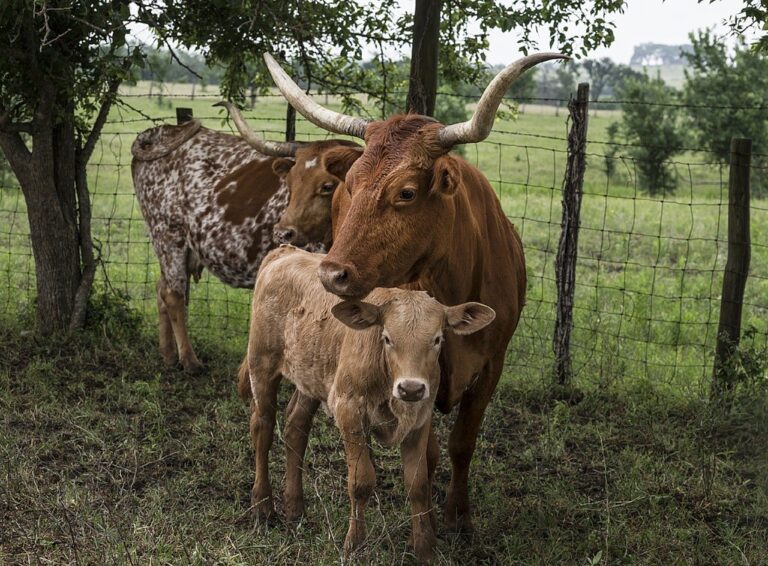
Rancher-bred cloud-native container storage solution Longhorn has hit its first major release but to pass the next big hurdle the project is going to rely on some outside help.
Version 1.0 isn’t really packed with new features as the team took the traditional route of focussing on stability for the first effort. It however took the chance to add some long anticipated enhancements that, for example, lets admins use custom CA for Backupstore and makes sure cordoned Kubernetes nodes aren’t automatically scheduled. And to top it all off, Rancher now also offers commercial support for the storage project.
Getting it to GA took almost as long as Rancher has been around, Rancher CEO Sheng Liang told DevClass. “We actually started doing Longhorn not long after the company got started, five and a half years ago”. Since those early days, a lot has changed in the container space but Liang is confident “the need for a very easy to deploy and open source container native storage software is actually still there”.
Longhorn is meant to help teams set up block storage that can be replicated across multiple nodes and spread across different data centres to make the setup more reliable and make sure things like power outages don’t threaten availability. What’s also important is that upgrading Longhorn doesn’t impact any of the volumes or workloads running on top of it, and everything can be used via the Kubernetes CLI.
To make more people aware of Longhorn and get it into a more accepted, vendor-neutral home, the tool was admitted into the CNCF sandbox in October 2019. Mind you, it isn’t the only cloud native storage project kicking around there and many will surely be aware of similar projects such as Rook and Ceph. The amount of software in that space is probably down to the initial focus of containerisation being mostly on stateless applications, which meant developers had to get creative to make their projects persistent.
With all these options to choose from, taking the next big hurdle and moving Longhorn into the CNCF incubator is almost a necessity to keep it from being ousted. But there’s still a lot to do to get there, Liang said. Besides finding organisations willing to be listed as Longhorn production users, the project still needs its contribution and decision making process cleaned up to show its independence. “Historically there are just a lot of Rancher references in there”, Liang admitted. He added that “it probably needs another six months to a year to continue to develop”.
The labour intensity of the process doesn’t stop Rancher from putting their projects forward, however. Just recently, the company created a request to get K3s into the Cloud Native Computing Foundation. “Other folks wanted to help us with the project or want to contribute to the project and they feel better when the project has neutral governance” Liang explained the move.
The jury is still out on K3s – it gained a lot of interest since its inception last year, however critics have had a hard time seeing the use of backing something that essentially looks like another Kubernetes distribution. “It’s not really a distro in the same sense that Rancher is a distro.”
Liang understands the project as “a packaging of a set of technologies to really make Kubernetes suitable for the edge”, which is a use case he sees coming up more and more – one that ultimately also influences the direction of Rancher’s next steps.
Rancher 2.5 is currently being worked on, with release plans in place for October. “Our customers are looking at managing a much larger number of clusters – primarily driven by the use cases for Kubernetes on the edge. In these kinds of deployments, when they’re talking about IoT gateways, you know, surveillance cameras, they’re talking about 10s of thousands, hundreds of thousands, or even potentially millions [of clusters], like set-top boxes, ATM machines.”
While 2.4 pushed it to 2000 clusters, the goal in 2.5 is to “increase it to a million clusters”. To accomplish this, Rancher had to come up with a new fleet management framework it will premiere in the 2.5 release. Better Longhorn integration is also on the horizon, giving users the option of backup and restore at application level. Rancher surely has put a lot on its plate for 2020 – lots to chew on for cloud native aficionados.
